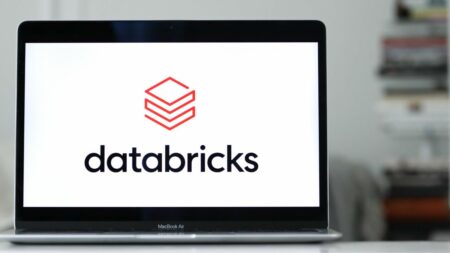Did you know that many analysts are now forecasting that there will be 1 million independent software vendors (ISVs) by 2030? That’s up from a few hundred thousand today. It’s a jaw-dropping number to reach in only eight years. Many developments have contributed to this rapid rise in applications and the resultant creation of ISVs to provide them, from Internet of Things (IoT) adoption in both consumer services and enterprise spaces, to world digitization, to changes in how we all work, live, and play.
In this environment of seemingly unlimited choices and ISV providers, what will happen to the average enterprise solution decision-making process and the partner relationship?
Register here for your on-demand pass to view all content from Partners Ecosystem Digital Summit. The digital event, which took place on April 20, focused on analyzing the business and IT imperatives around cloud, AI, automation, data modernization, and cybersecurity that define the future of partnerships.
The solution breadth will be entirely too broad for a company to go it alone. Even for a simple category, like marketing automation, there are literally hundreds of options for firms to consider. In a world with a million choices, there will be an increased need for companies to work with partners (some will call them enterprise influencers, others will call them solution providers, and others, partners — the moniker is not important).
As the partner ecosystem evolves, firms will work with their partners differently than in the past. These partners may not ultimately sell your firm the needed solution as their focus shifts to consulting. This should be good news for CIOs as their partners deliver higher-value services.
Why Partners Are Needed
Partners are needed to help make sense of the ISV chaos. Today, many firms struggle with ISV adoption. Consider these facts compiled by Startup Bonsai about the challenges of marketing automation adoption.
- 39% said they lacked the training to fully utilize their marketing automation tools.
- 32% said they didn’t have the resources needed to manage them.
- 25% said the setup process was too complicated.
Picking solutions that require too much training and resources or ones that have complicated set-up processes could be reduced or even eliminated if the right partner, experienced in numerous marketing automation tools, were engaged. This partner will help your firm sort through the myriad options and reach a logical, affordable, and forward-looking technology posture for your firm.
How Firms Will Work With The Partner Ecosystem
The partner-customer relationship will evolve, too, as these changes play out. Partners may not ultimately sell your firm the needed solution; you may in fact even buy those directly from a marketplace as mentioned above. That’s because these partners will no longer be chasing the commission or reseller discount they receive from the ISV (the model as it has been worked for decades); rather, they will focus on the consulting services they deliver to your firm. This model is not an entirely new concept. In fact, it was being reported on as early as 2019, as firms like Microsoft added thousands of non-transacting partners monthly.
This model is great for your business. In the past, partners have been known to position or sell the solution that pays the most commission or has the most impact on their bottom line. This was only logical — that was how they made their money. If there were ten solutions that all do almost the same thing but one of the ten paid more to the selling partner, they would sell you that solution. They weren’t going to sell you a solution that was truly inferior. But if it was close to the value of the other solutions, what they got paid mattered.
Now, with service revenue outpacing application revenue in most partners’ businesses, the decisions are different. The partner is less likely to pick based on what a particular ISV pays them and more likely to pick what can integrate seamlessly and manage well in your overall IT stack because, in the long run, a better services experience benefits both the partner and their clients.
Let’s go back to that marketing automation example. In the very same statistic site noted above, we also see that the #1 feature marketers want when picking a marketing automation tool is easy integration with their existing tool stack (CRM, etc.), with a whopping 55% naming this as their number 1 feature. Your internal IT team likely won’t have the experience to make this type of selection — after all, you learn a lot about integration in the throes of the project. This makes the case again for using a partner who knows the landscape, has managed a similar integration project countless times before, and is familiar with the realities of implementation at other enterprises.
Conclusion
In this analyst’s opinion, the future is bright with opportunities for those firm IT teams who embrace the plethora of applications that are becoming available. Now is a great time to recraft your IT strategy. In all you do, the bottom line of managing this level of change is having a plan and then using the right resources to execute upon it. In my mind, that includes the right mix of forward-leaning partners who can help you not only sort through the options but also make logical pathways to implementation, management, and support. Consider having those discussions now to ensure you have the right partner resources on hand to manage the onslaught of solutions.
Happy partnering!
Want more tech insights for the top execs? Visit the Leadership channel:







